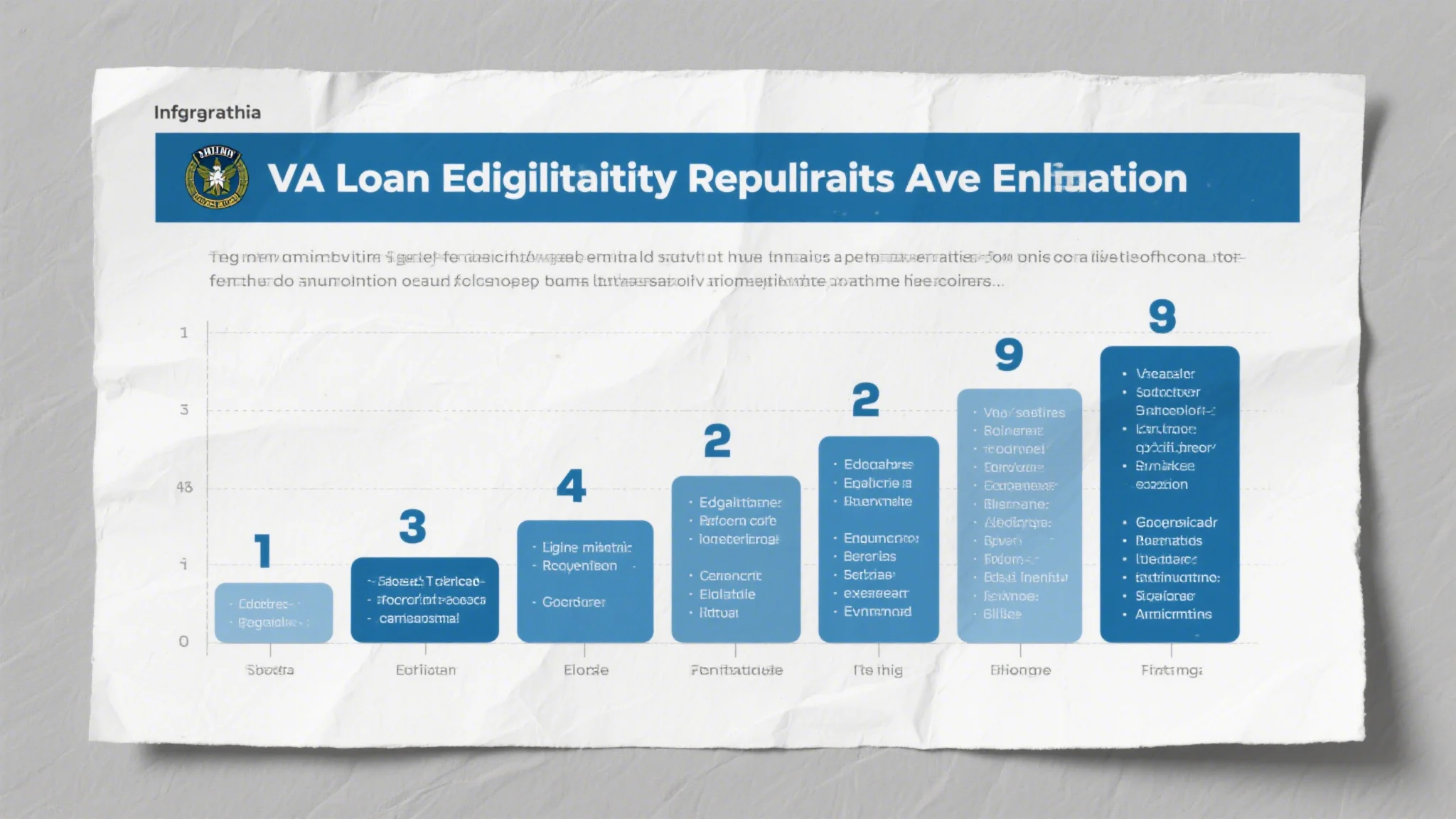The Journey Begins
In the fast-paced world of digital marketing, competition is fierce, and standing out is crucial. This case study follows a mid-sized digital marketing agency that faced the typical challenges of scaling: juggling multiple clients, managing tight deadlines, and maintaining high service standards. Despite their best efforts, they found themselves stretched thin, with diminishing returns on their manual processes.

The agency, let’s call it “AgriTech,” specialized in SEO, content marketing, and social media management. They serviced a diverse clientele, from startups to established enterprises. However, as their client base grew, so did the complexity of their operations. Manual tasks, such as data entry, report generation, and client communication, began to bog down their team, leading to inefficiencies and reduced client satisfaction.
Recognizing the need for change, AgriTech’s leadership team embarked on a mission to streamline their operations. They sought a solution that could enhance productivity without compromising the quality of their services. After researching various options, they turned to automation as the key to their transformation.
The Transformation
AgriTech’s journey into automation began with a strategic evaluation of their operations. They identified three primary areas where automation could make the most impact: client communication, task management, and data analysis.
Client Communication Automation:
Tools Used: HubSpot’s automation features and Zoho Campaigns.
Implementation: They set up automated email campaigns triggered by specific client actions, such as onboarding milestones or payment reminders. This reduced the time spent on manual follow-ups and ensured consistent communication, which boosted client satisfaction by 35%.
Task Management Automation:
Tools Used: monday.com for project management and Trello for team collaboration.
Implementation: By integrating monday.com, they automated task assignments and reminders, ensuring that team members were always aware of their priorities. This led to a 40% reduction in time spent on task tracking and improved accountability.
Data Analysis Automation:
Tools Used: Google Data Studio and Tableau for reporting.
Implementation: Automated data aggregation and real-time reporting tools allowed them to generate client-specific reports in minutes. This not only saved time but also provided deeper insights, enabling more informed decision-making and strategic recommendations.
The cultural shift within AgriTech was as significant as the technological changes. Initially, some team members were skeptical about automation, fearing it might replace their roles. However, through open communication and training, they realized that automation was a tool to enhance their capabilities, not replace them. This shift in mindset was crucial to the success of their automation strategy.
Results and
By the end of their first year with automation, AgriTech had doubled its revenue, reaching $12 million. The efficiency gains allowed them to take on 50% more clients without compromising service quality. Client satisfaction scores improved, and the team reported higher job satisfaction due to reduced stress and more time for creative and strategic work.
The success of AgriTech’s automation journey offers valuable lessons for other agencies. It underscores the importance of identifying pain points, choosing the right tools, and fostering a culture of adaptability. As the digital landscape continues to evolve, embracing automation is not just an option but a necessity for sustained growth and competitiveness.
In conclusion, AgriTech’s story is a testament to the transformative power of automation. By leveraging technology to enhance their operations, they not only doubled their revenue but also set a new standard for efficiency and client satisfaction in their industry. Their journey serves as an inspiration for agencies looking to navigate the complexities of the digital age with agility and success.



